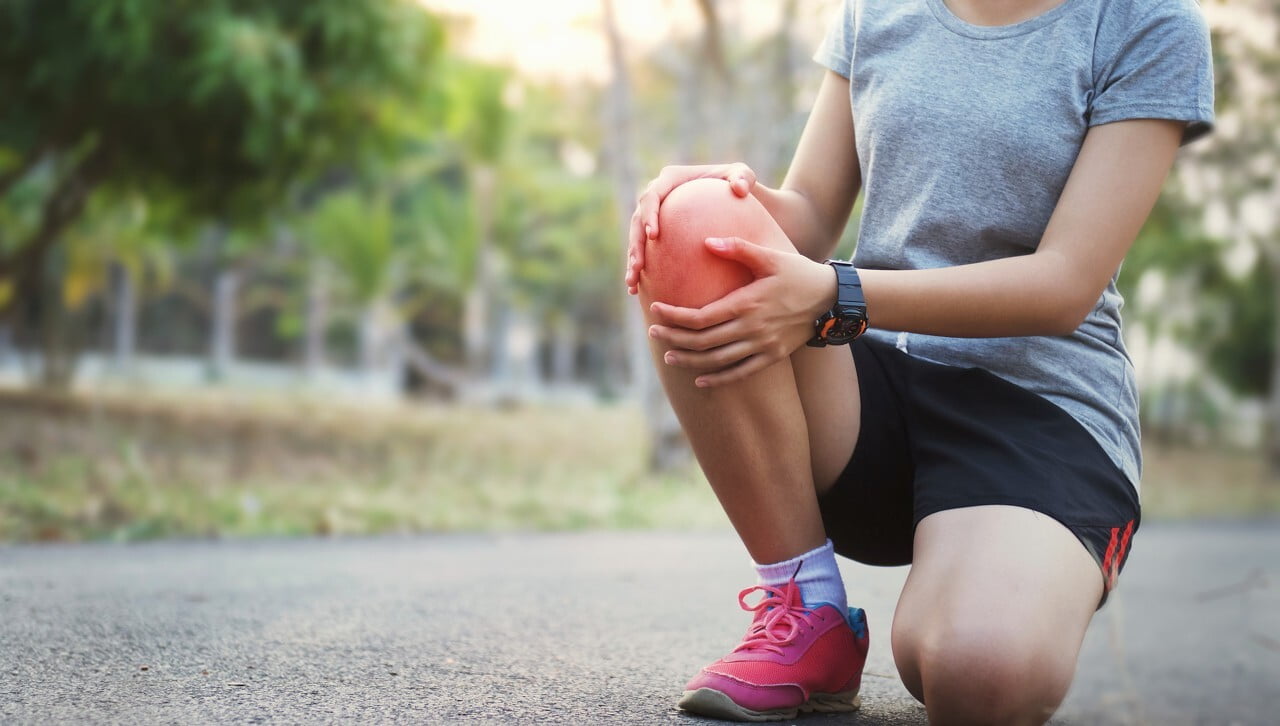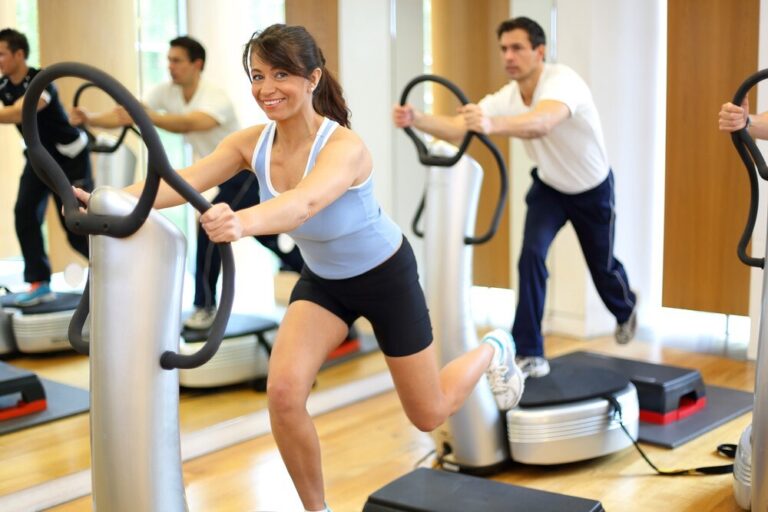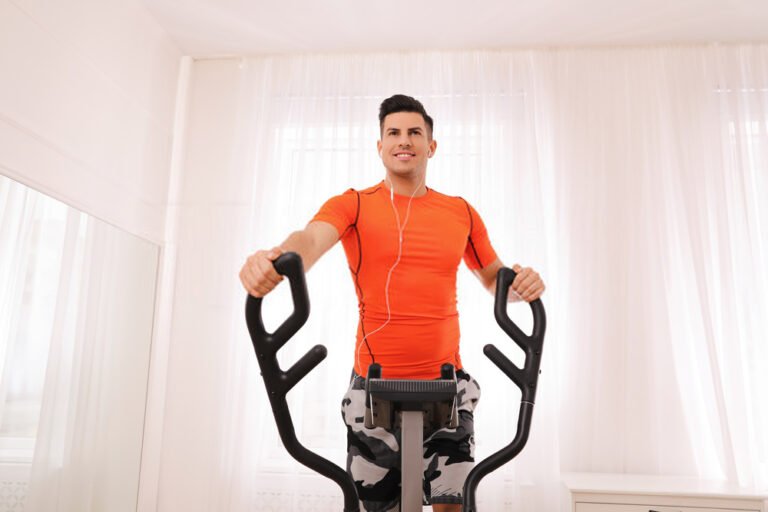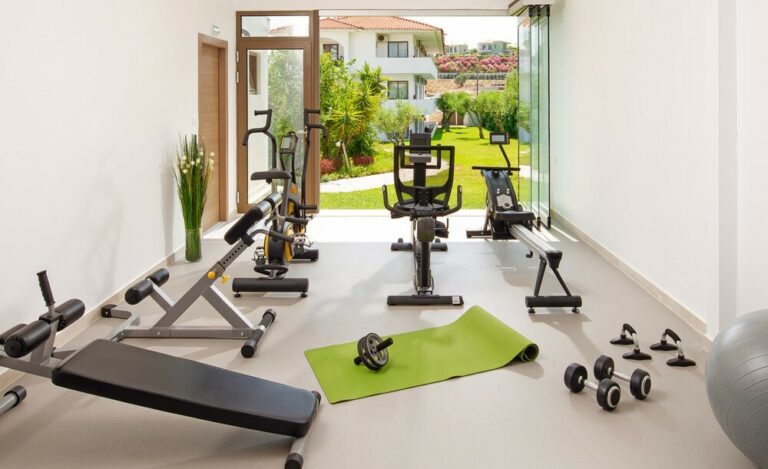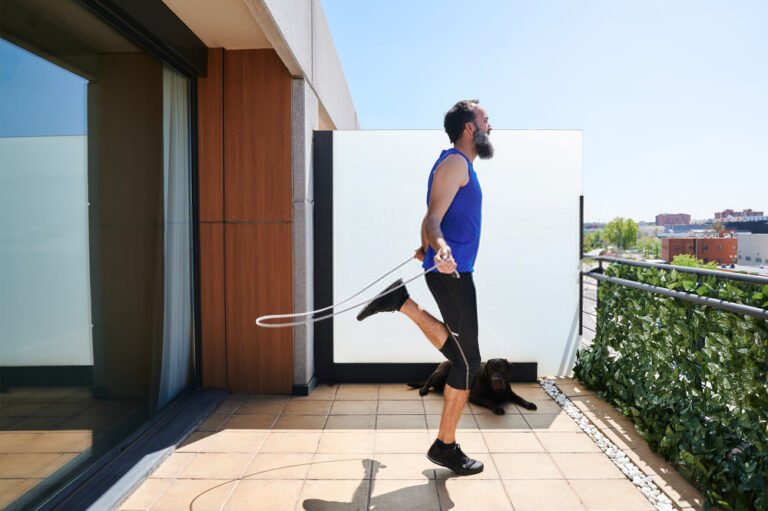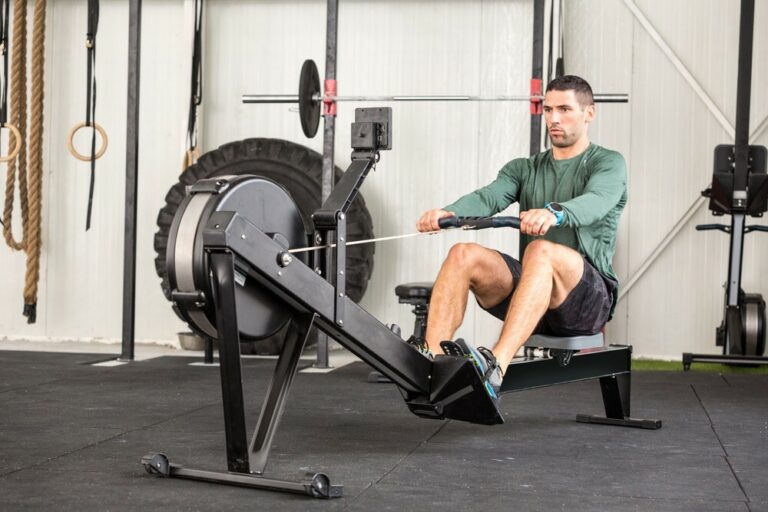How To Jump Rope Without Hurting Your Knees?
While young people can easily do rope jumps, it may be pretty tricky for the little aged one. Jumping rope can be a strenuous exercise and can cause knee pain for them.
The joints and muscles around your knees must work extra hard to keep you balanced while swinging the rope.
What jumps out right away is that it takes effort to begin the whole jumping process. Your muscles need to contract; you may even feel a burn along with your quads and in your calves when you start.
When you are doing 60 or 70 jumps without a break, there can be some knee pain.
To lessen the pain, some techniques ensure it does not hurt and that your knees remain protected. But, again, it is all about proper technique.
The benefits of jumping rope are endless, but the knees need protection.
Want To Know How To Jump Rope Without Hurting Knees
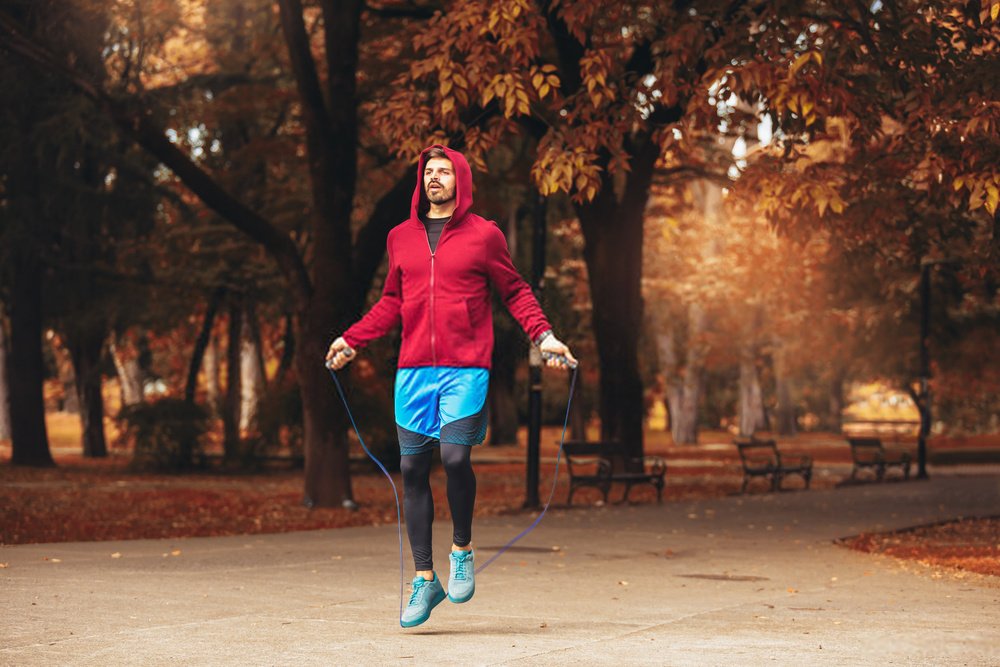
For anybody that is looking to jump rope without hurting their knees, here are a few tips and advice on how to do it correctly:
Lower your impact
Jumping rope has a pretty high impact on the knees, but you can cut down on the stress of putting on your knees by jumping lightly.
This is not to say that you should hop up and down lightly; you will still be jumping hard, but with less of an impact. Make sure you do your exercises on a suitable surface.
Soft landing
Land softly with each jump, just like when you’re running and looking to break your fall. Even though you’re jumping rope fast, land on the balls of your feet rather than on your toes or heels; buy a jump rope mat so that you can land lightly on your legs, feet, and knees.
Proper footwear
Wear the right shoes to prevent blisters on your feet. When you’re jumping rope, don’t wear sneakers as they don’t absorb impact from the floor.
Instead, make sure to wear a comfortable pair of shoes with rubber soles and ankle support. Also, wear good jump rope shoes made of foam or padded leather.
Keep the rope low
While jumping rope, keep the rope low to the ground. This will help you be more stable and keep your knees on the ground rather than lifting off of it.
Stretching & Warming Up
One of the most important things to do before jumping rope is to stretch and warm-up. People who are overweight and out of shape will need to dedicate extra time to warm up before jumping.
Stretching will help stretch out the muscles in your lower leg, which can help prevent injuries and knee pain during the jump.
Warming up is always great, whether for running, jumping rope, or just loosening up before working out.
For example, jumping rope is a high-impact exercise, so your muscles need to be warm to safely take on this kind of physical activity.
Workout frequency

The best thing you can do to prevent knee pain is to work out a few times a week. If you work out every day, you can start having knee pain after working out three consecutive days.
Workout frequency also affects how many days of rest you need to allow your knees to recover.
Many people will need one full day between their exercise sessions, while others will only need 1/2 day. It depends on the time your body takes to respond and adjust to the extra training.
Rest days are crucial for overall health, but skipping them can often lead to more injuries down the road.
Cross-Training
Cross-training is a great way to alternate your exercise and make sure you are always getting an excellent workout.
For example, try mixing up a few different activities in your jump rope workout routine to keep the muscles guessing and prevent injury.
Walking, jogging, swimming, stair climbing, elliptical, cardio workout
These are all great cross-training options that will give you a change in environment to help your legs get geared up for jumping rope.
Reasons why your knees can hurt after jumping rope

Pre-Existing Condition
If you already have a pre-existing knee condition, jumping rope can make it much worse. It is true whether you’re just starting out or if you’ve been jumping for years.
Common pre-existing conditions like patellar tendonitis and chondromalacia are prevalent with jumpers.
These problems will cause pain to the joints of the knees and muscles and ligaments around them.
High Impact on Joints
The extra impact caused by jumping rope weakens the joints and causes arthritis or other degenerative diseases associated with ageing.
If you don’t try to cut back on high-impact activities, you’ll increase the risk of these kinds of medical problems.
For example, make sure you don’t work out on a hard surface to avoid impact on your knees.
Advancing too Soon
If you advance to advanced jumping rope too soon, you’ll cause damage to your knees.
As your muscles, ligaments, and joints become accustomed to jumping rope, they can only take so much stress before the body starts to break down from overuse and injury.
If you’re a beginner or an intermediate jumper, you must stay at the level you’re at and don’t rush ahead into more difficult jumps without warming up for it.
Advanced jumping requires a lot of skill and technique that not most people have perfected.
Overtraining
Jumping rope is a good form of exercise, but if you’re doing it too often, you’ll start to overtrain your leg muscles.
Overtraining will make your body less responsive to the changes that come with exercising.
If you’re letting your legs rest for more extended periods than recommended, it will slow down the adaptation process and make them less responsive to jumps.
Instead, follow your workout consistently, and you will have a better chance of getting the most results.
Improper Technique
To get the most out of your workout, you need to do things correctly and with the proper technique.
It is especially true with jumping rope, where ensuring your wrists are lower than your knees will prevent injuries.
In addition, you need to maintain proper form to ensure that there is no strain on your knee joints.
If your knees are lifting off the ground too high, you’ll need to modify your jump rope technique to be safer for your knees.
Final thoughts
Jumping rope is something that many people don’t do enough of. But the knee pain that can occur from jumping rope isn’t always preventable.
If you’re already dealing with knee pain from other activities or sports, then jumping rope will only make it worse. Consult a physical therapist if you are experiencing chronic pain from activities like this.
Follow the tips above for preventing knee pain from jumping rope, and you'll be able to get the most out of this exercise without having to deal with any painful symptoms!
